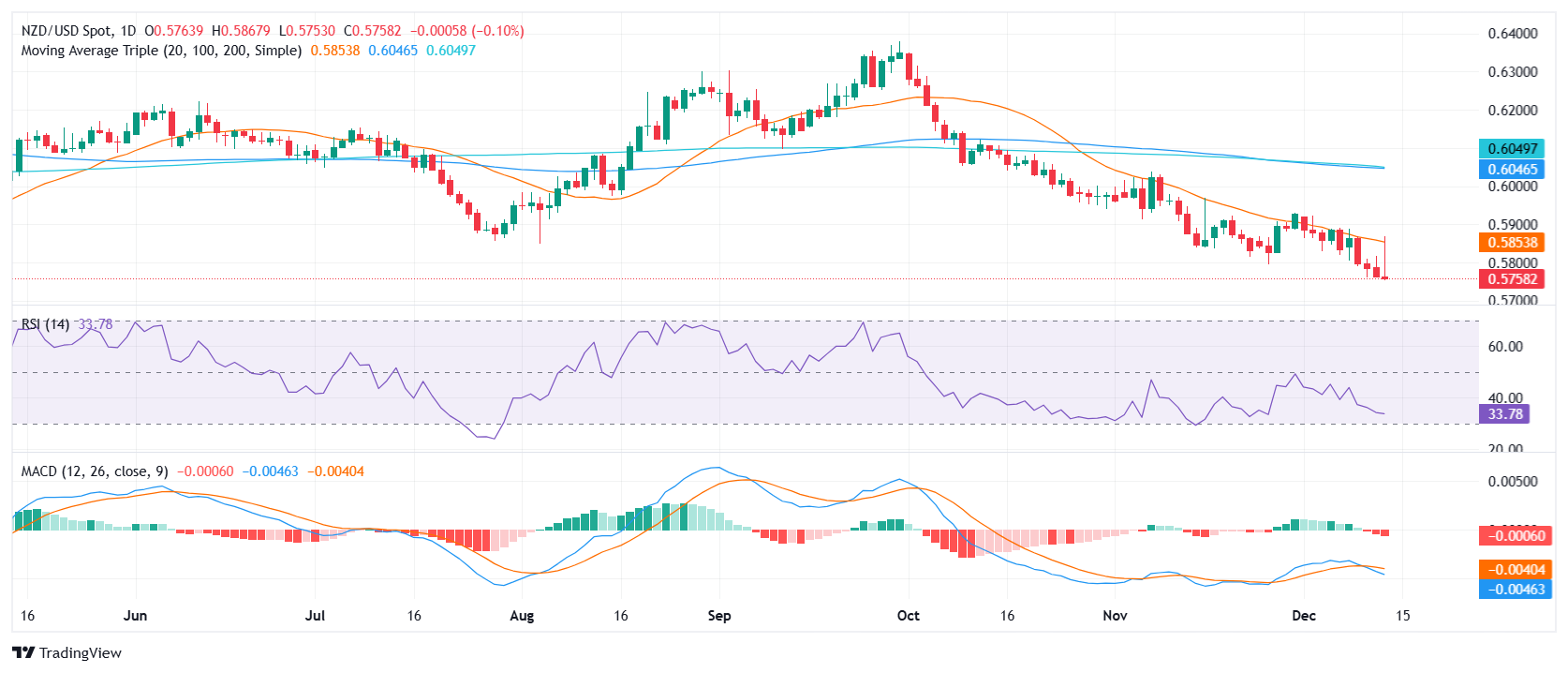The EUR/USD pair advanced toward the 1.0500 mark on Friday as the US Dollar surrendered its intraday gains. The Euro found support after French President Emmanuel Macron appointed centrist ally Francois Bayrou as Prime Minister, signaling the potential for greater political stability in France.
French Political Developments
Macron’s appointment of Bayrou follows the resignation of Michel Barnier, whose government collapsed after losing a confidence vote in Parliament. Barnier faced backlash from both far-right and left-wing factions over a controversial fiscal budget proposal, which included €60 billion ($62.9 billion) in tax hikes. Bayrou’s immediate priority will be securing the passage of a special law to roll over the 2024 budget, with a tougher legislative battle anticipated over the 2025 budget early next year.
The resolution of political instability in France has bolstered the Euro (EUR) in the short term, though its broader outlook remains subdued due to expectations of further European Central Bank (ECB) rate cuts.
ECB Policy Outlook
The ECB reduced its Deposit Facility Rate by 25 basis points (bps) to 3% on Thursday, with ECB President Christine Lagarde hinting at more rate cuts ahead. Lagarde expressed concerns about slowing Eurozone growth, citing weak exports, declining business investment, and contracting manufacturing. She emphasized that the ECB remains committed to returning inflation to its 2% target by 2025.
Lagarde also revealed that some ECB officials had supported a larger 50-bps rate cut, highlighting concerns about faltering economic growth. The latest ECB staff projections indicate lower-than-expected Eurozone growth of 0.7% in 2024 and 1.1% in 2025.
Eurozone economic data released Friday showed mixed results. Industrial Production was flat in October after a sharp contraction in September, outperforming expectations of a 0.1% decline. Year-over-year, Industrial Production fell by 1.2%, better than the anticipated 1.9% drop.
US Dollar Dynamics
The US Dollar Index (DXY) dipped below 107.00 despite firm expectations of a hawkish Federal Reserve stance. The Fed cut its key borrowing rate by 25 bps to a range of 4.25%-4.50% on Wednesday. While markets expect rates to remain unchanged in January, the Fed’s hawkish tone reflects persistent inflation pressures and stronger-than-expected economic data.
The US Producer Price Index (PPI) for November accelerated faster than expected, with headline PPI and Core PPI rising 3% and 3.4% year-over-year, respectively. Analysts at Macquarie noted that slowing disinflation, a lower-than-forecast unemployment rate, and buoyant financial markets are contributing to the Fed’s more cautious stance on policy easing.
Market Outlook
EUR/USD remains supported near 1.0500 amid optimism surrounding French political developments and a weaker US Dollar. However, continued ECB dovishness and slowing Eurozone growth could limit the pair’s upside in the medium term. Traders will closely monitor upcoming US and Eurozone economic data and central bank policy updates for further direction.
Technical Analysis: EUR/USD rebounds but stays below 20-day EMA

EUR/USD rebounds to near the psychological figure of 1.0500. However, the outlook of the major currency pair remains bearish as it retreated after a mean-reversion move to near the 20-day Exponential Moving Average (EMA) around 1.0580, which is close to 1.0550 at the press time.
The 14-day Relative Strength Index (RSI) dives below 40.00, suggesting a resumption of the downside momentum.
Looking down, the two-year low of 1.0330 will provide key support. Conversely, the 20-day EMA will be the key barrier for the Euro bulls.
FAQs for ECBs
How does the European Central Bank affect the Euro?
The Eurozone’s reserve bank is the European Central Bank (ECB), located in Frankfurt, Germany. The ECB oversees the region’s monetary policy and sets interest rates. Maintaining price stability, or limiting inflation at about 2%, is the major responsibility of the ECB. Interest rate changes are its main means of accomplishing this. A stronger Euro is typically the outcome of relatively high interest rates, and vice versa. Eight times a year, the ECB Governing Council meets to decide on monetary policy. Six permanent members, including Christine Lagarde, the president of the European Central Bank, and the presidents of the Eurozone’s national banks make decisions.
How does Quantitative Easing (QE) impact the Euro and what is it?
The European Central Bank has the authority to implement quantitative easing as a policy tool in dire circumstances. The ECB creates euros and uses them to purchase assets from banks and other financial institutions, typically corporate or government bonds. This procedure is known as quantitative easing. A weaker Euro is typically the outcome of QE. When merely cutting interest rates is unlikely to accomplish the goal of price stability, quantitative easing (QE) is the last option. The ECB employed it throughout the COVID pandemic, the Great Financial Crisis of 2009–2011, and 2015, when inflation remained stubbornly low.
How does the Euro get affected by quantitative tightening (QT)?
The opposite of QE is quantitative tightening (QT). It is carried out when inflation begins to rise and an economic recovery is under way, following quantitative easing. In QT, the European Central Bank (ECB) stops purchasing new bonds and reinvesting the principal on the assets it already owns, whereas in QE, the ECB buys government and corporate bonds from financial institutions to give them liquidity. For the Euro, it is often bullish or favorable.









